2024 NFL Draft prospect rankings: RBs
theScore's prospect rankings series takes a position-by-position look at the top players in the 2024 NFL Draft.
Top 50
QB | RB | WR | TE | OL
ED | DL | LB | CB | SAF
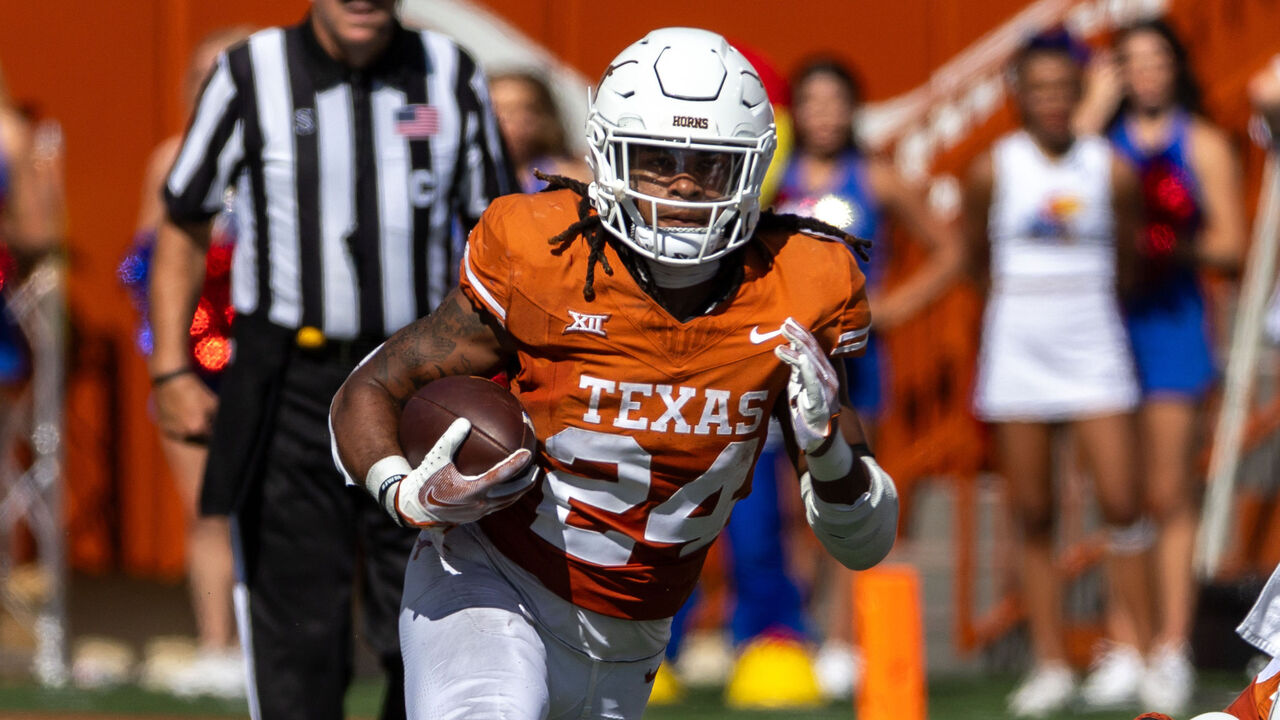
Brooks is as smooth as it gets. The Texas standout makes the jump to the next level having demonstrated high-level processing skills, creativity, and elusiveness to set up blocks and make defenders miss. But that's only one area of his game. Brooks is also a capable receiver out of the backfield, and he's the rare running back prospect who's more than capable of holding his own in pass protection. The only true blemish in his profile is his ongoing recovery from a torn ACL he suffered in November. That could delay the start of his rookie season, but he should be worth the wait. Brooks has top-10 running back potential when he's healthy.

Davis will turn 25 years old during his rookie season. Considering how poorly running backs tend to age, that alone could be a disqualifier for some. But anyone writing him off is missing out on a really good football player. The Kentucky product has just about everything you could want from an every-down back. He's a smart, scheme-versatile runner who processes well and has an impressive feel for setting up blocks. Davis rarely goes down on first contact, as his power and balance allow him to shake off tackle attempts with ease, and he can make defenders miss with his lateral agility. Davis is also a productive pass-catcher, having recorded 33 catches for 323 yards and seven touchdowns in 2023. Forget the age - most teams only get one contract out of running backs, anyway. Davis is a baller.
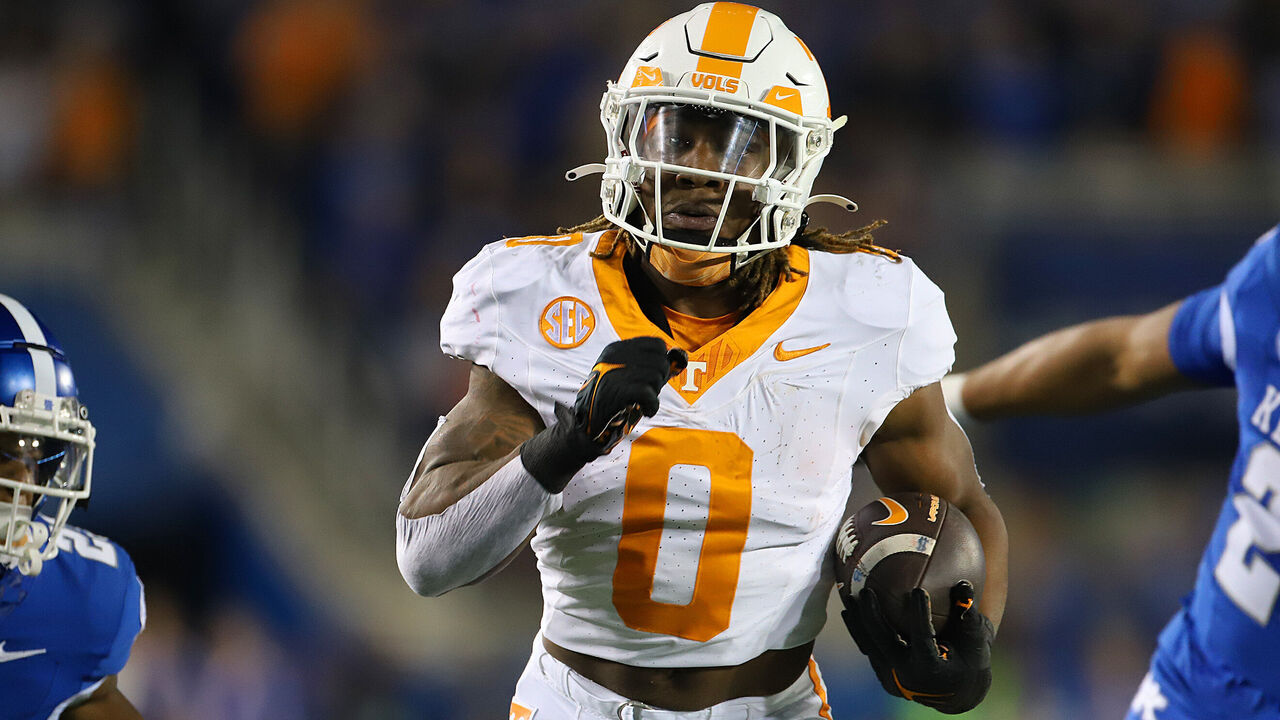
Wright is a big play waiting to happen. The Tennessee standout is the most explosive back in this class, threatening to take it the distance any time he gets his hands on the ball. But speed is only part of the equation - he also has the elusiveness to make defenders miss and create more yards for himself. Wright is inconsistent in reading plays between the tackles, and an upright running style keeps him from providing an element of physicality. But he's always going to make his greatest impact in space, and teams are constantly getting better at finding ways to utilize their most unique playmakers. Wright could be exactly that in the right offense.
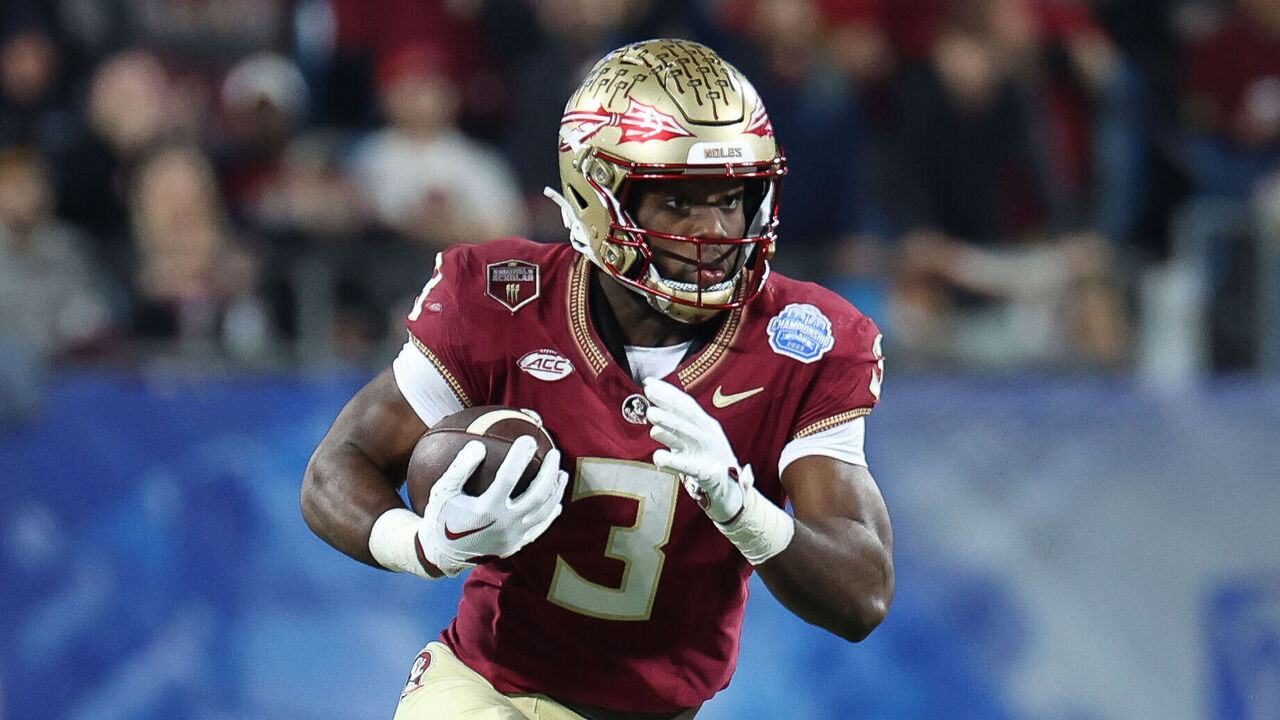
You want explosive plays? Benson's got 'em. With an impressive combination of speed and contact balance, the Florida State star is seemingly always a threat to break a tackle and take one to the house. Having flashed the ability to contribute as a receiver out of the backfield and do his part in pass protection, he's got potential as a three-down threat, too. His processing ability is still a work in progress, so he may require a gap-heavy run scheme to assume high-volume work between the tackles. But this is the kind of playmaker who should have a bright future either way. Benson has skills you can't teach.
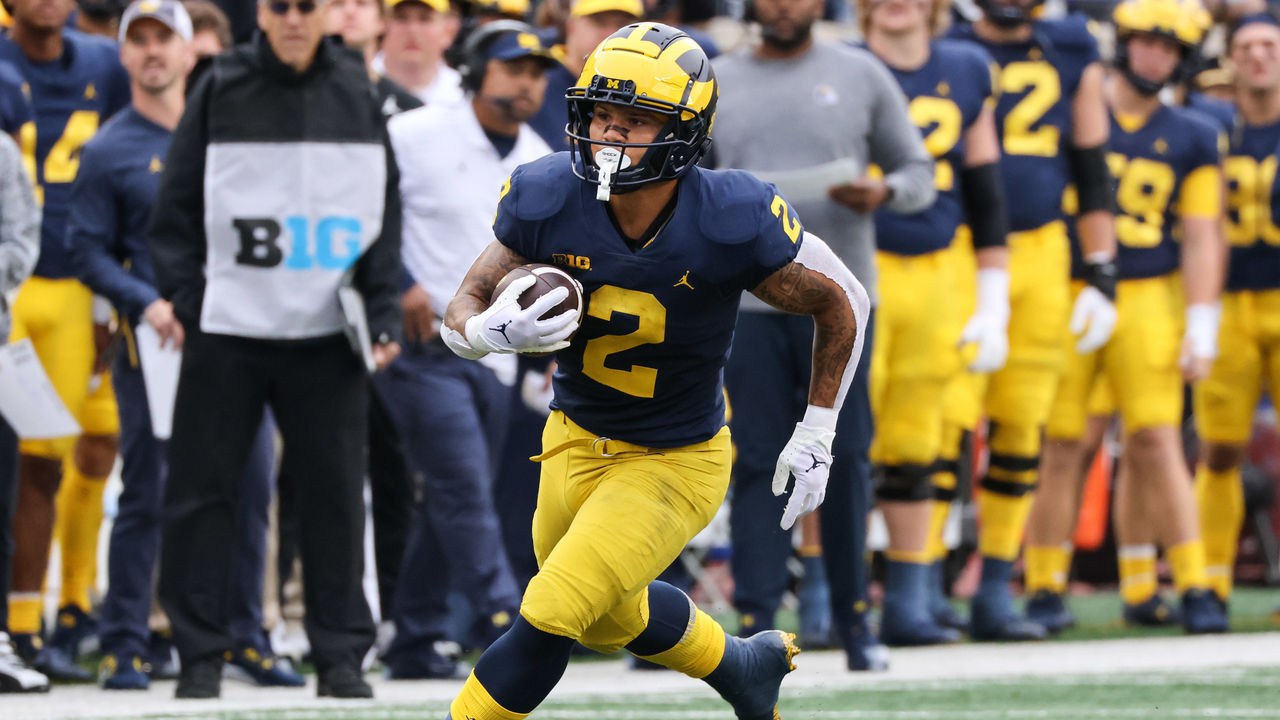
Corum is the most recognizable name in this running back class after he played a key role in Michigan's national title run. He reads blocks well, hits the hole with conviction, and he can change directions on a dime. While he doesn't have elite long speed, he can still create big plays with good decisions and by making defenders miss. A scheme-versatile skill set should give him a decent floor at the next level, but some physical development may be required for consistent high-level production in a three-down role. Corum doesn't have the size to match his downhill running style, and he might be a mismatch in pass protection early in his career.
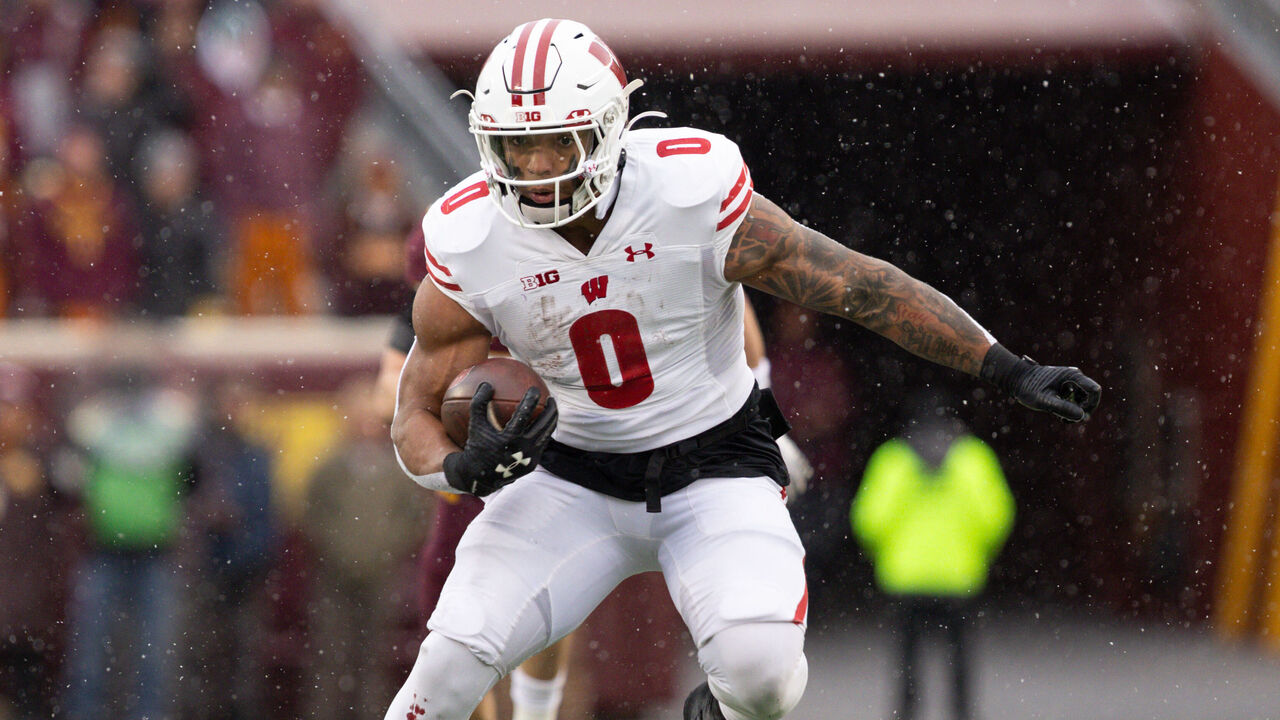
Running backs don't get much more imposing than this. Allen checks in at 6'1, 235 pounds, but even those measurements don't do justice to the effortless manner in which he can plow through defenders. The Wisconsin product is a physical runner who reads blocks well and is shiftier than you might think for a player of his size. His long speed is also better than expected, but it understandably takes some time for him to build up to his top gear. Allen has reliable hands, but he likely won't offer any sort of plus traits as a receiver out of the backfield. He's best suited for an early-down workhorse role on a team that wants to pound the rock. That's tough to come by in today's game, but Allen could be a highly productive player in the right system.
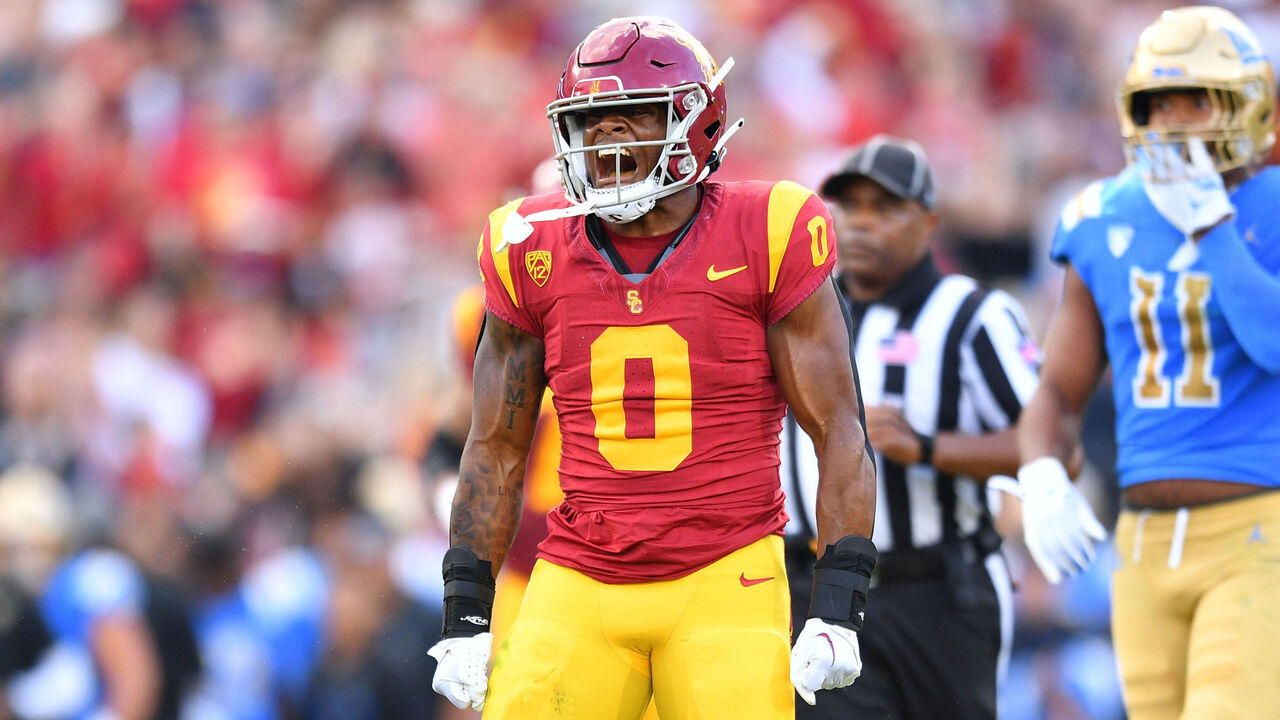
Lloyd is a fascinating swing on big-play upside. The USC product demonstrates an impressive burst and the ability to slip tackle attempts with quick, lateral moves. Lloyd's vision is still a work in progress, though, and he doesn't play with as much power as you might expect for a back with a 220-pound frame. Improving his pad level would go a long way toward unlocking that part of his game. Most importantly, he has to clean up his ball security after recording seven fumbles over the last two years. He has the potential to be a special playmaker if he can avoid turnovers.
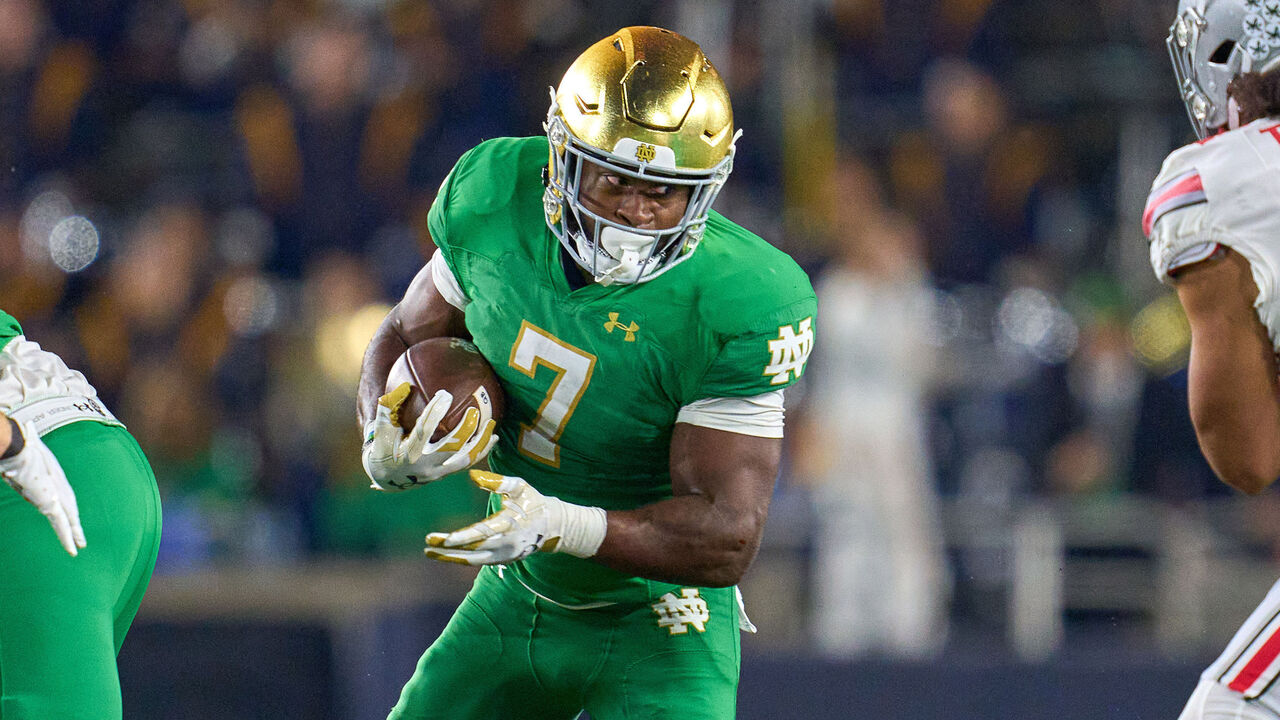
Estime's draft stock took a big hit when he ran a 4.71 at the combine. We should be careful to not overrate long speed for running backs, though. Would it be nice if he had breakaway potential? Of course. But there are other traits that are far more important at this position. Estime runs with the physicality to match his size, the contact balance to shake off tackle attempts, and the vision to read out plays between the tackles. The relative lack of burst could very well limit his upside at the next level, but teams that want to run the ball consistently between the tackles will value his skill set on early downs.
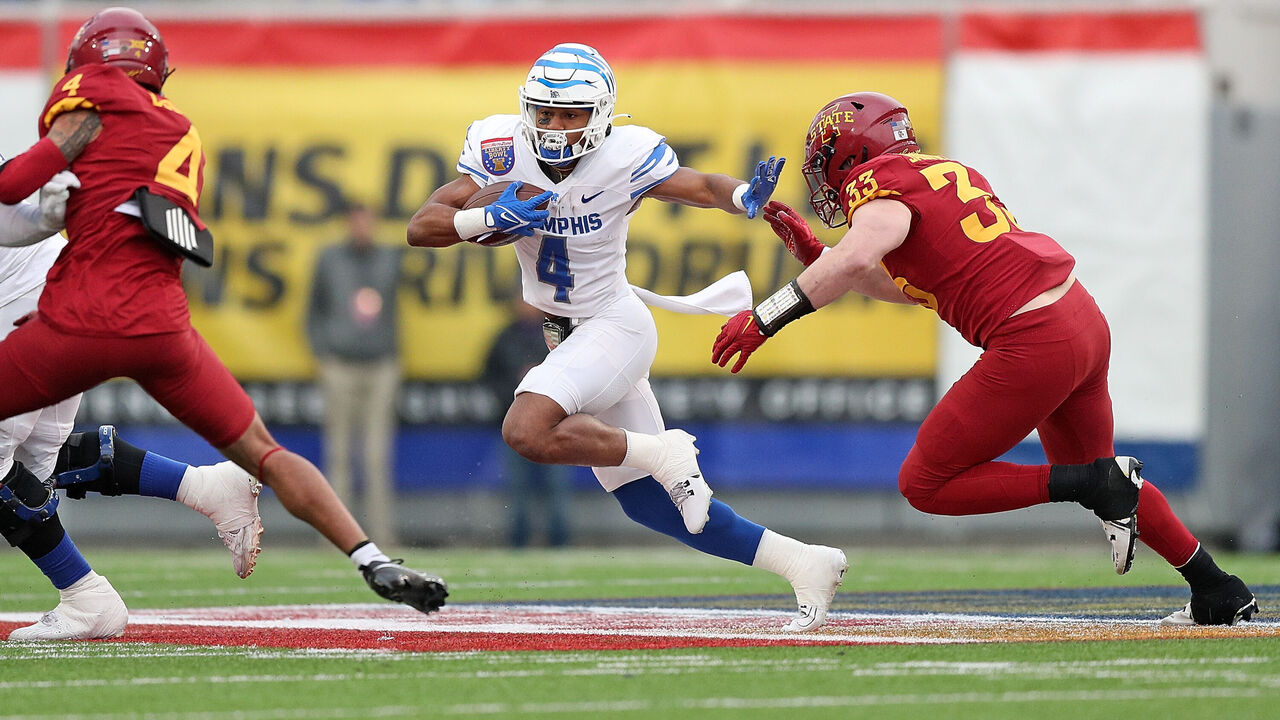
Watson might be a hidden gem. He sees the game well, tempos his runs to set up blocks, and offers as much pass-game value as any other running back in this class. He also tested like an explosive athlete at Memphis' pro day after not being invited to the combine. While there isn't much of a power element to his game at this size, there's no reason he can't have a major role in a modern offense that looks to spread things out. The only major concern: Watson turns 25 in October. That's certainly on the older side for any prospect, let alone a running back. But it shouldn't be a reason to count him out. Watson could offer plenty of value on his rookie deal, particularly if he's given an opportunity to use his skills as a kick returner with the new rule change.

Irving was an extremely productive playmaker at Oregon. While his testing numbers were disappointing, his shiftiness and feel for making defenders miss should still translate to the next level. And he runs with much more physicality than you might expect for a running back of his size. Irving may not have the skill set for an every-down role, but he can be a productive complementary back as part of a committee. He could be especially valuable in a pass-catching role after he recorded 87 catches for 712 yards and five touchdowns across his last two seasons in college.

Tracy is a former receiver with only one year of running back experience under his belt. In most cases, a 24-year-old prospect in the process of learning a new position would be a tough sell. But Tracy's final year at Purdue was special. While his processing and decision-making will continue to be a work in progress, he's already demonstrated impressive elusiveness and contact balance to complement his athletic profile. Add in the pass-game value that comes with his background as a receiver, not to mention the potential for special teams contributions after the kickoff rule change, and it's easy to see how Tracy could be a do-it-all weapon from Day 1.
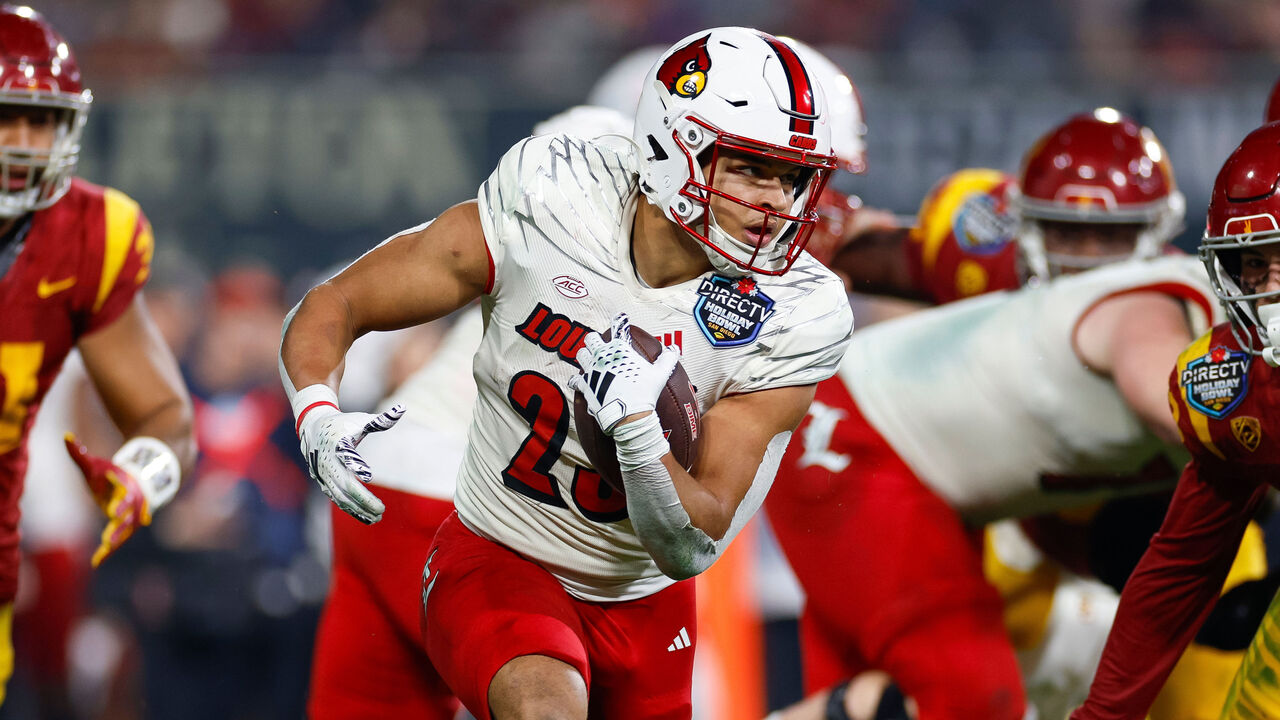
Guerendo is a special athlete. He made some money for himself at the combine, posting the sixth-ranked Relative Athletic Score among all running backs since 1987. His rare combination of size, speed, and fluidity also shows up on tape. That Guerendo only got 99 carries across four years at Wisconsin could be interpreted as a negative, but he was stuck in some pretty talented running back rooms. We started to see glimpses of his potential this past season after he transferred to Louisville, and he now makes the jump to the NFL with plenty of tread left on his tires. He'll have to improve his processing between the tackles, but a gap-heavy scheme could alleviate some of those issues and help him shine early on. Keep an eye on Guerendo as a sleeper in this class.
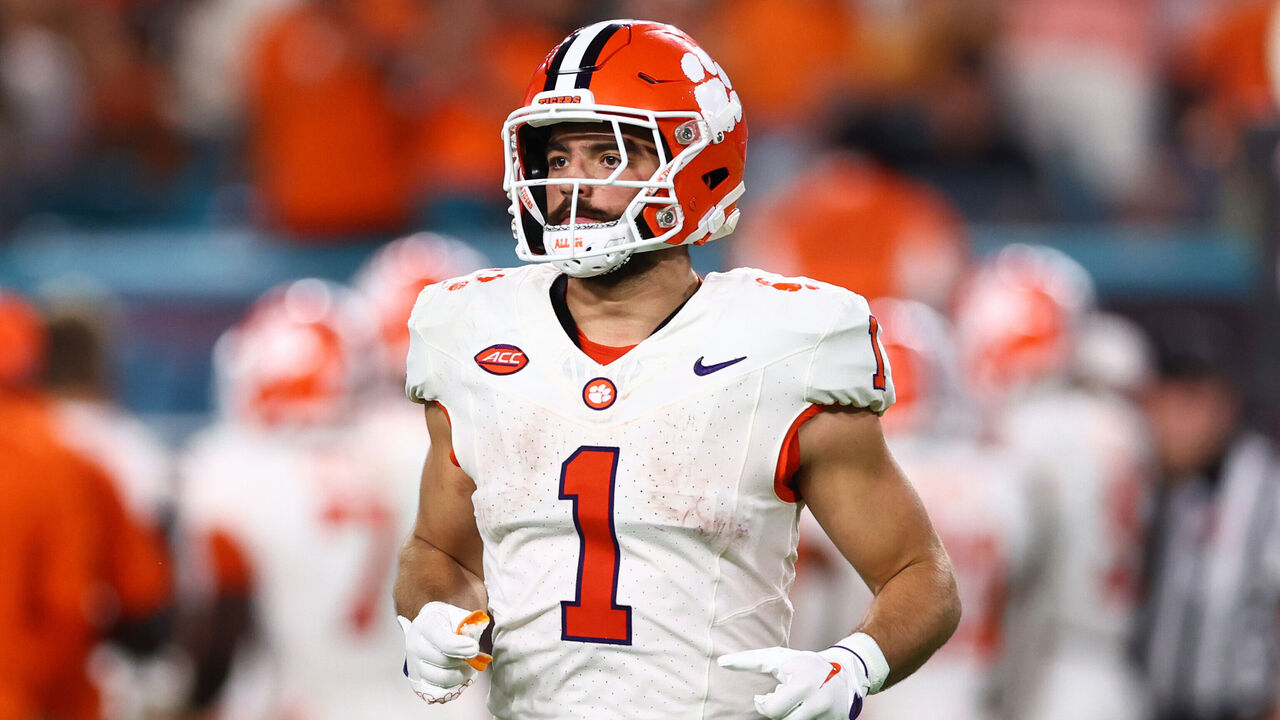
Shipley doesn't fit the profile of a workhorse running back at the next level, but that doesn't mean he can't have a prominent role. The Clemson standout's calling card is his receiving ability, which is just as valuable in today's game. Shipley, who caught 69 passes over his last two years in college, should be an impact pass-catcher from Day 1. While he hasn't shown the vision and physicality necessary for volume work between the tackles, there'll be opportunities to get him involved on the edge and in space. Shipley is also entering the league at an interesting time, with new rules effectively ensuring the return of kickoffs. His skills in the open field could make him a factor in that area.
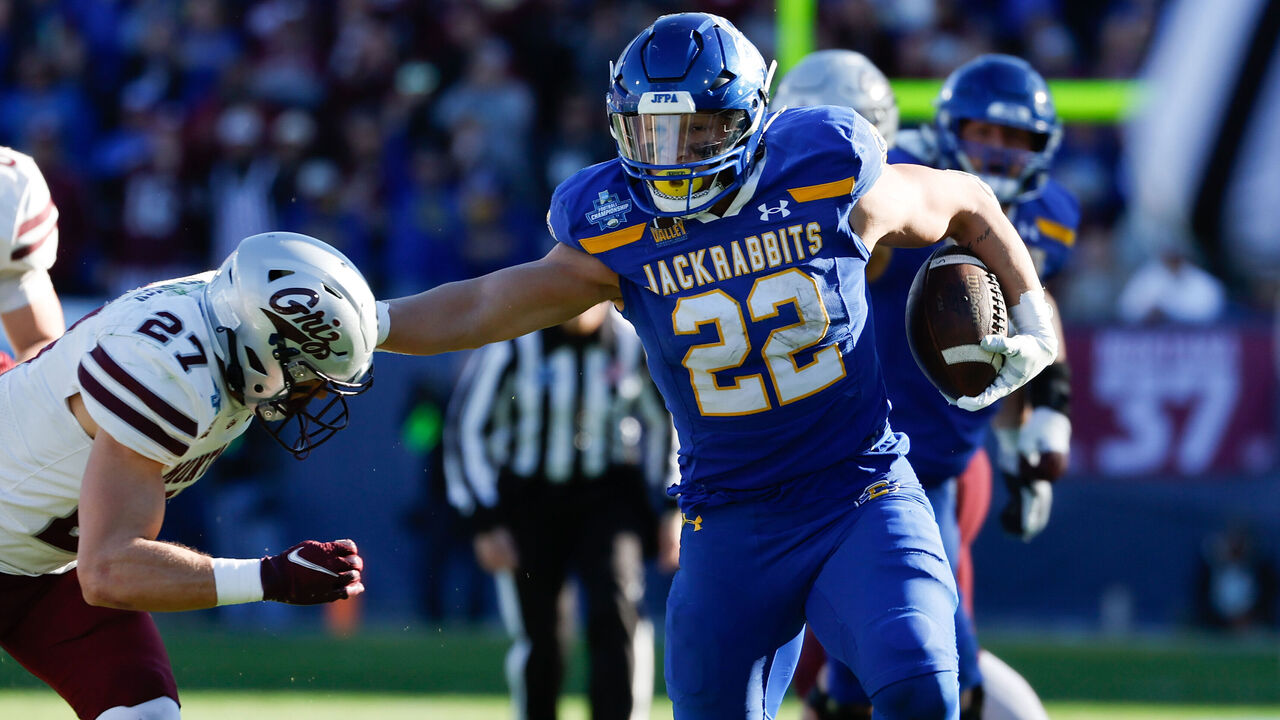
Davis is an intelligent runner who creates yards by processing what's in front of him and making good decisions. He's also shown the balance to bounce off contact and continue downfield. Davis' ceiling may be limited by his athletic profile, as he lacks long speed and a burst out of his cuts. His productive college career also came against a lower level of competition. The finer points of his game should translate, though, and his comfort as a receiver could give him the floor of a rotational three-down contributor.

Johnson is a smart, tough runner. He demonstrates good vision between the tackles and always finishes his runs. With 173 career receptions in college, he also figures to have a natural path to meaningful pass-game work. A below-average athletic profile caps his ceiling, as he doesn't have the long speed or burst to consistently threaten defenses at the second and third levels. But he'll still have every opportunity to put together a long, productive career as part of a committee.
Other notable prospects
Kimani Vidal, Troy
Cody Schrader, Missouri
Dylan Laube, New Hampshire
Jase McClellan, Alabama
Frank Gore Jr., Souther Miss